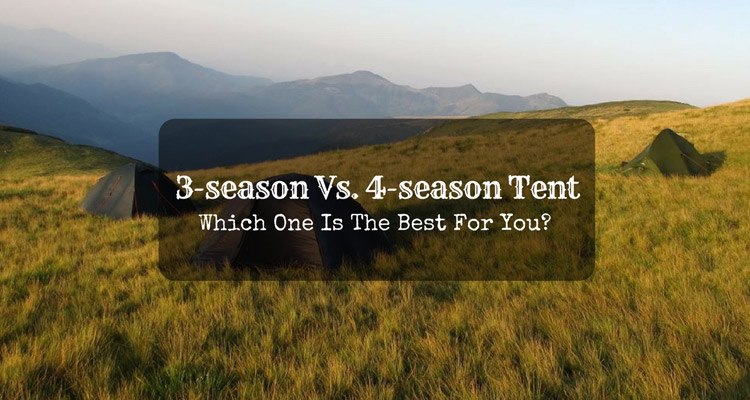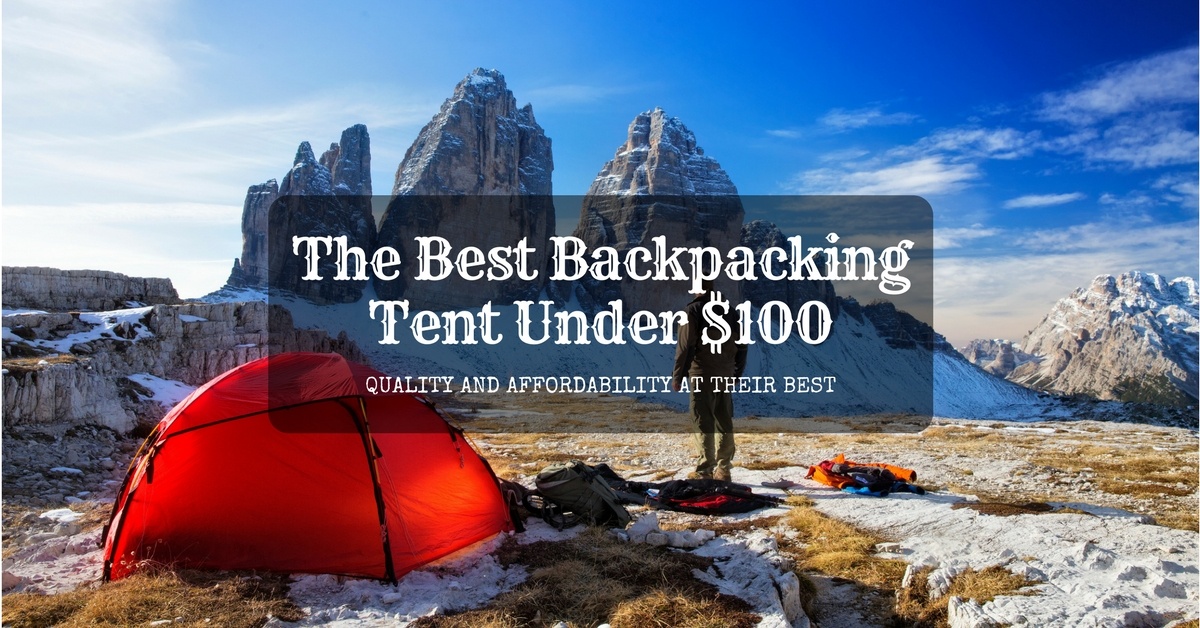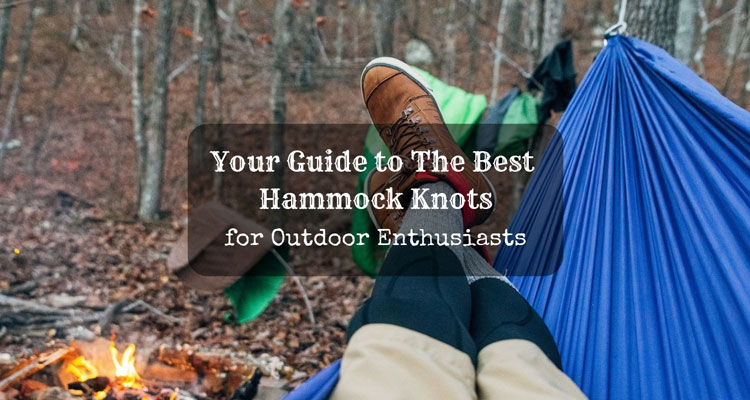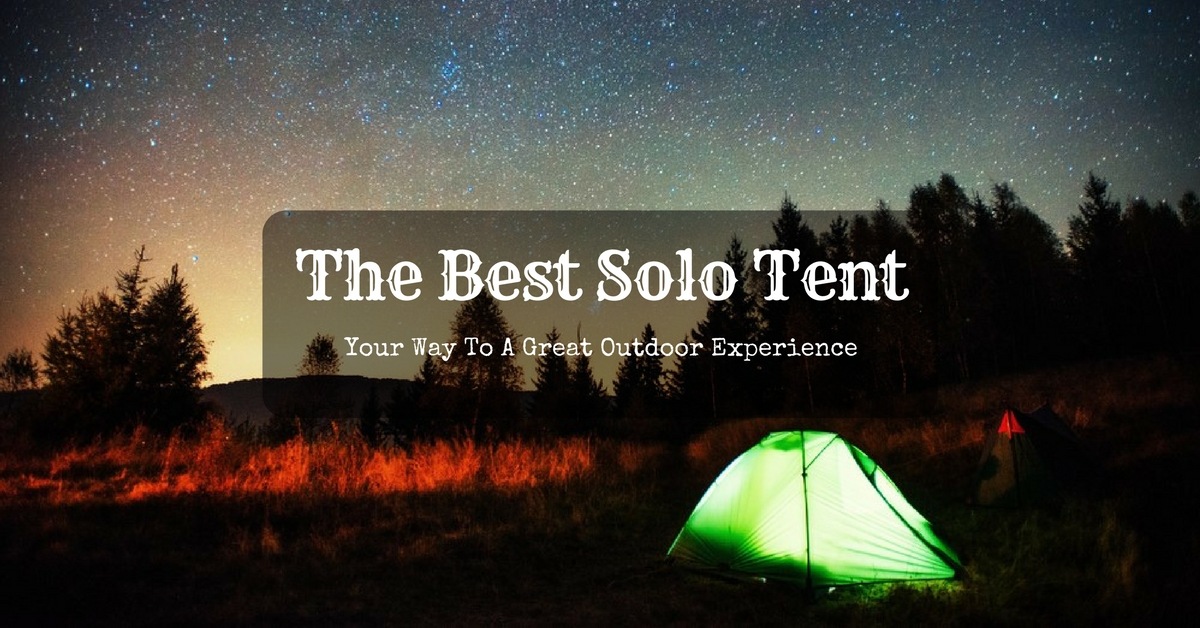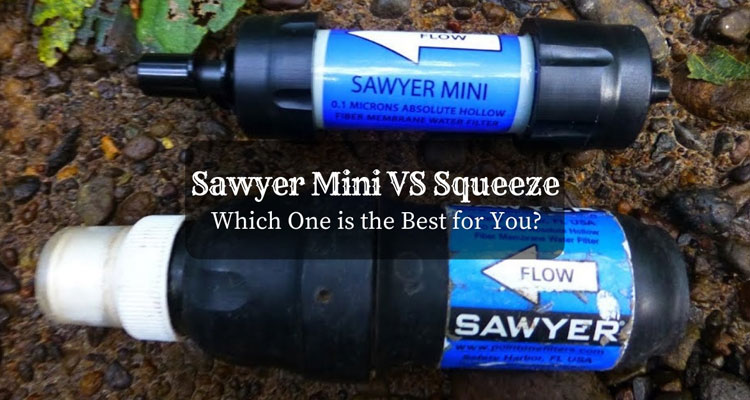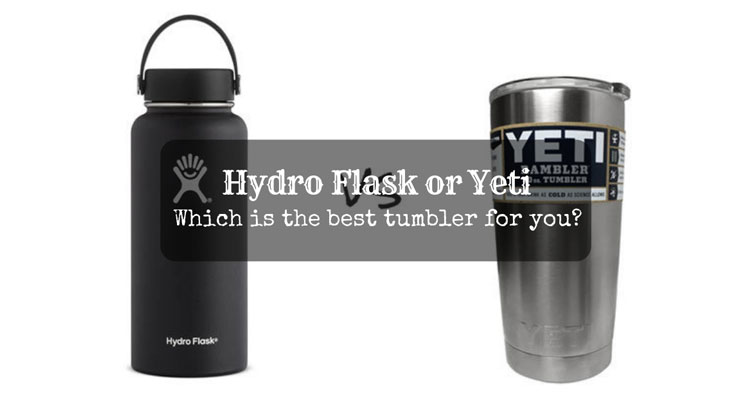The 3-season vs. 4-season tent debate has been one of the most interesting topics of many backpackers.
The difference is not complicated, but knowing how one is distinct from the other will surely save you a lot of money and regrets.
Are you planning to buy one but undecided which of these two is the best for you? If yes, keep reading as I have prepared some important points you have to consider before making an order.
More...
The differences between 4-season and 3-season tents
As a person who is deeply fond of exploring the wild, I have used both of these outdoor shelters, and I can attest to the fact that these are both excellent tents for one person or group outdoor adventure.
However, choosing only one type of tent is quite a difficult task because one type will surely be better than the other for a particular condition, and these differences are what we are just about to discover.
3-Season Tents are highly breathable
Because of the large amount of mesh that 3-season tents have, they tend to be more breathable. They also often have open entrances that allow the wind to come in.
Good ventilation is important because it prevents internal frost from building up. When it is winter, and you exhale, the moisture in your breath can freeze to the sides and roof of your shelter.
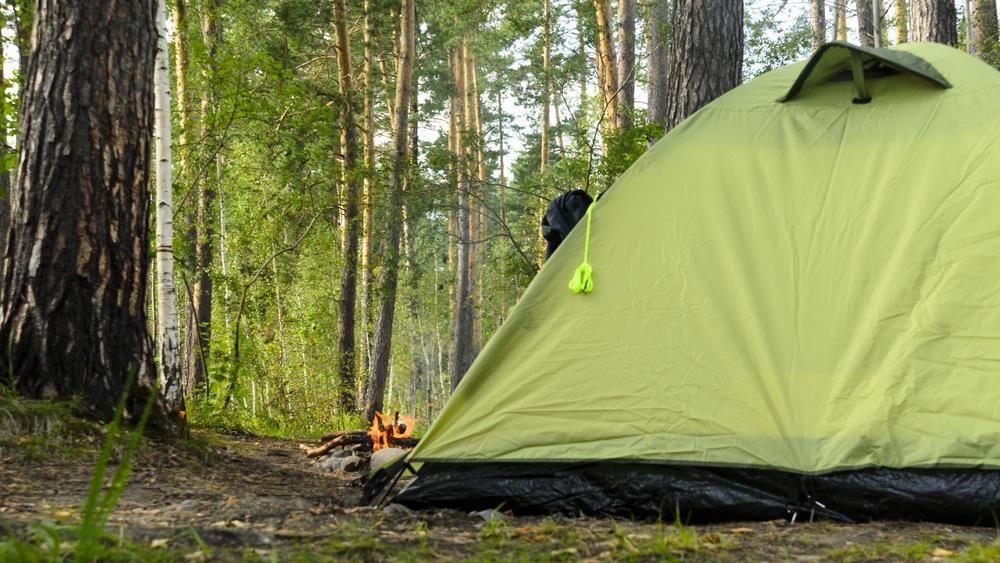
This issue becomes a serious problem because your body heat can warm the interior of your tent, causing the frost to melt which will eventually make you and your gears wet.
3-season tents are lighter than 4-Seasons tents
The overall weight of 3-season tents is a lot lesser than 4-season tents because they usually utilize poles that are thin and lightweight.
Since the components that make up four season tents are usually heavy duty materials, many hikers find it more difficult to carry compared to 3-season tents.
If you are traveling with a large group of backpackers, this thing can be a problem since you will also surely bring with you other gears that already add weight to your load.

3- season tents can withstand cold weather although some items can not handle snow
This fact is the clearest distinguishing factor between 3-season and 4-season tents.
4-season tents possess a stronger ability to fight strong winds and heavy snowfall because of its outer and inner structure, angled shape and more resistant materials that make up these shelters.
I have known backpackers who have used 3-season tents, and many of them have had no problem at all regarding the ability of their tent to resist challenging weather conditions.
However, there are instances when you will need to camp in a location that poses winters that cause moderate to heavy snowfalls as well as strong winds.
In these cases, what you may need is 4-season tent since some 3-season tents may break down, allowing the snow to get inside your shelter and therefore resulting in an unpleasant outdoor experience.
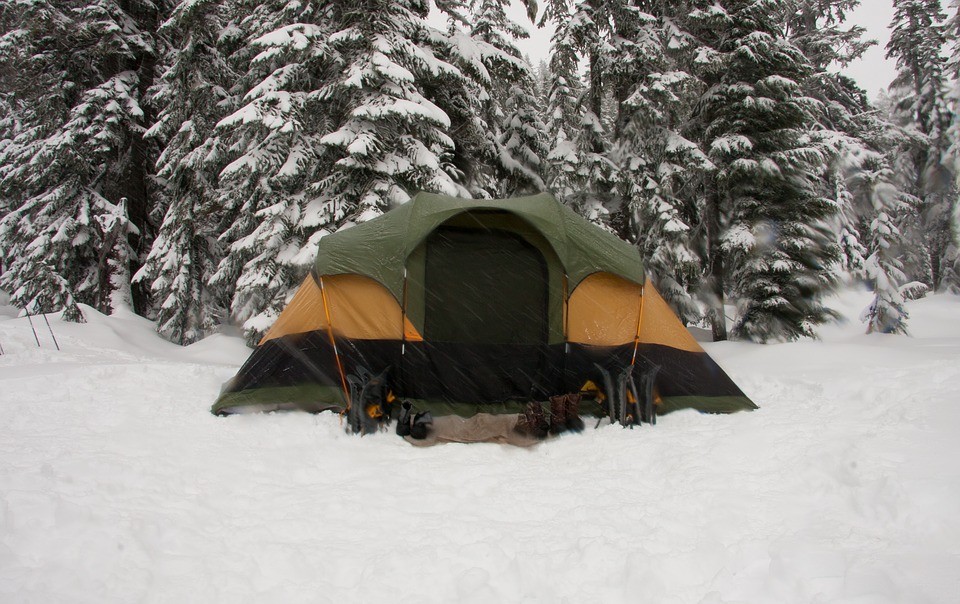
via pixabay.com
Most of the time, I go with 4-season tents when I expect heavy snowfalls. You can use 3-season tents in the winter only when there is light snow, but the heaviness or lightness of snow is unpredictable, so 4-season tents often tend to be the safer option in this case.
Also, using 3-season tents during winter will require you to do regular maintenance. It also increases the chances of early damage to your tent.
3-Season tents tend to be more user-friendly and quicker to set up than 4-season tents
Not only are 3-Season tents more lightweight and easier to pack and carry, but they are also easier to set up compared to 4-season tents.
The process of assembling the 4-season tents often require more complicated procedures in comparison to 3-season tents. In my experience, it takes more than 10 minutes to assemble 4-season tents.
In the same way, the process of taking down 4-season tents often take a longer time.
The good thing about setting up 4-season tents is once you have assembled it, you can rest assured it will give you maximum protection against the strongest and harshest elements.
Meanwhile, you can convert most 3-season tents easily depending on the weather condition since most manufacturers produce shelters that come with full coverage rain fly tops which are removable.
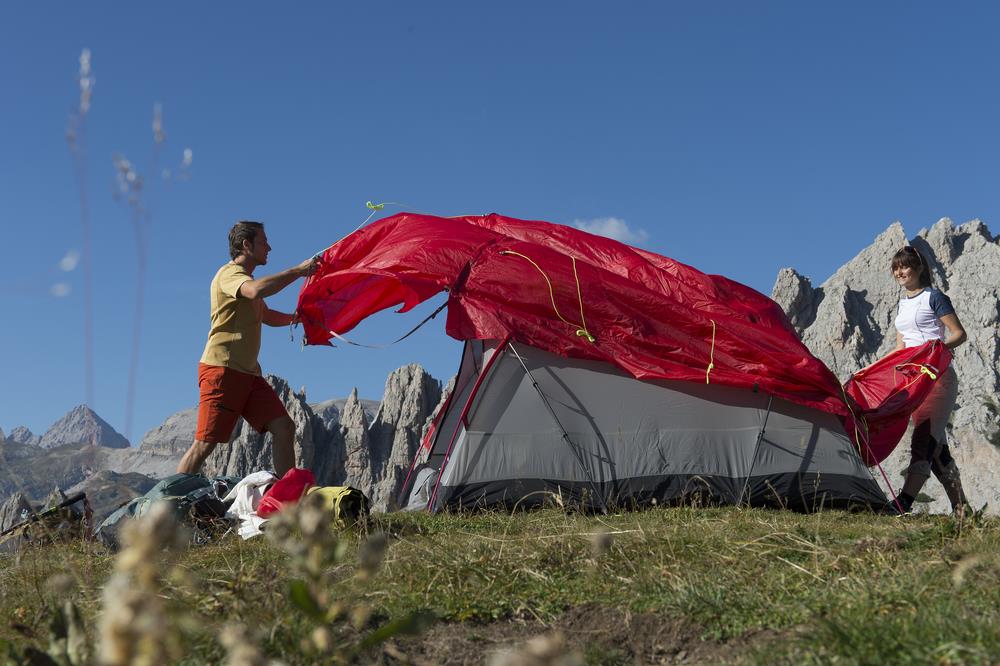
4 Season tents feature innovative construction
Many tent companies have come up with 4-season tents that allow backpackers to strip these shelters all the way to their basic components.
At their simplest structure, these tents can provide the comfort you need during a hot summer night. However, when you bulk them up, they will offer protection from light snow.
Furthermore, some 4-season tents may feature bath tub floor which I have proven to be a useful feature because it can prevent ice from seeping through while some products have additional tie down points.
All these features make 4-season tents versatile and reliable most of the time.
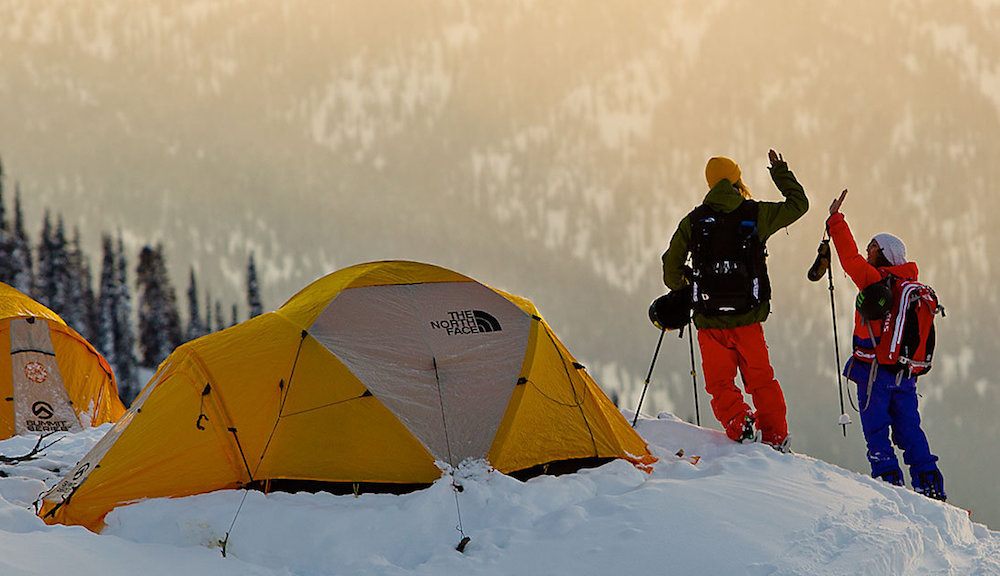
via grindtv.com
4-season tents are often more durable than 3-season tents
Most 4-season tents make use of materials which are stronger and more durable than 3-season tents.
Many manufacturers also produce 4-season tents with steep walls, an important characteristic which enhances these shelters' ability to deal with adverse weathers, heavy snowfall, and strong winds. They can even withstand severe rainstorms.
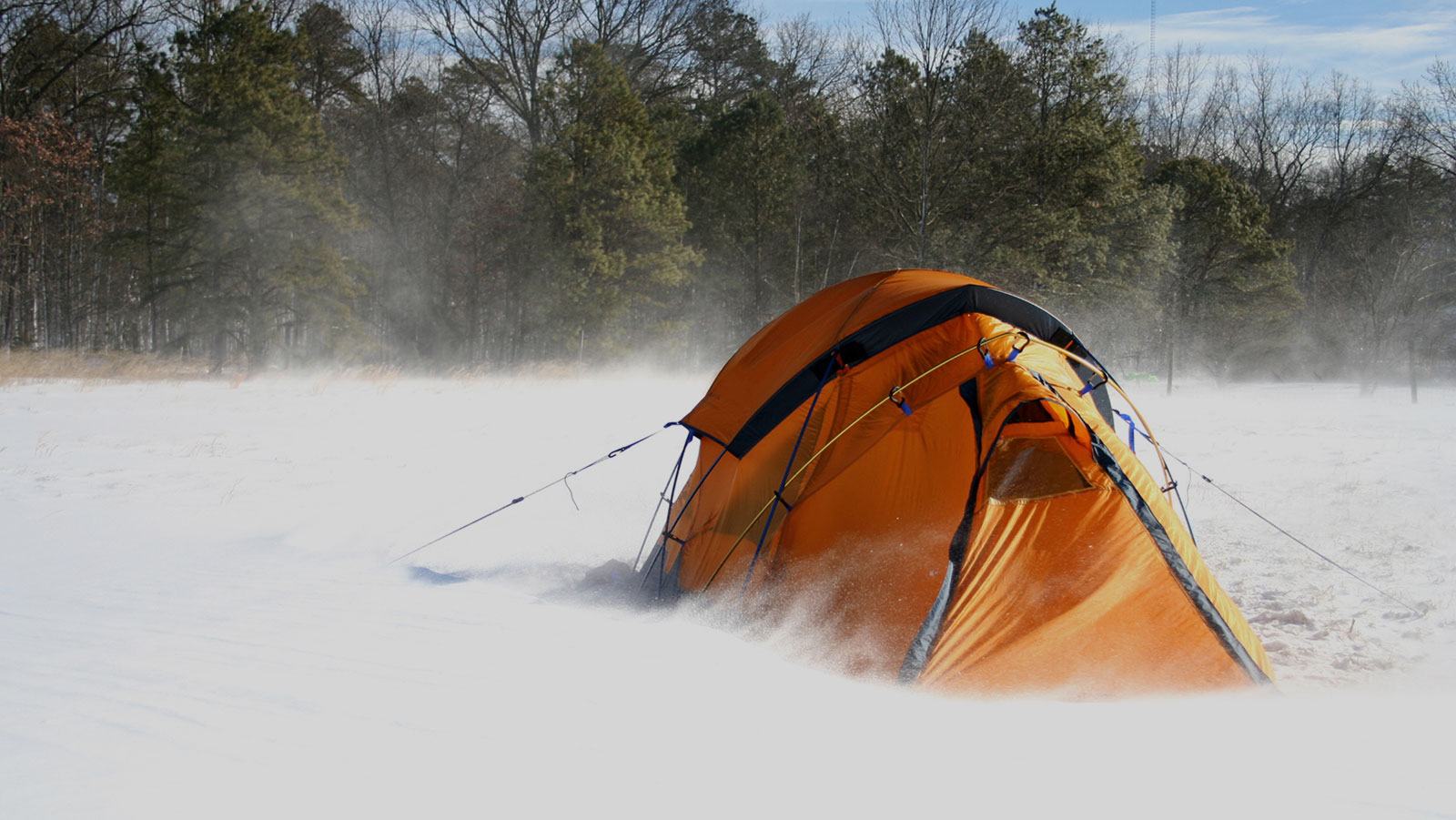
via sharenewsio.com
Because of the robust construction and more durable materials of 4-season tents, they often cost more than 3-season tents.
The most important factor to consider when deciding which tent to buy
By now, I believe you may still be torn between the two types of tents we just presented. To help you further in selecting which one is ideal, here are some things to bear in mind and questions you can ask yourself to decide.
4-season tents are useful especially when camping to several spots, but are you fond of camping in a wide variety of locations?
If you do not hike or camp during winter, and if you prefer living in a warmer climate, a 3-season tent may be a sufficient shelter that can give you the comfort and protection you need.
Hence, the most crucial consideration is the location and weather condition.
To understand the most crucial considerations when deciding which tent is suitable for you, you can watch the video below.
Conclusion
As we all have learned, each type of tent has its advantages and disadvantages.
Our goal is not to find for the perfect tent, but select an ideal backpacking tent that meets your needs and preferences and gives you a better and safer outdoor experience.
3-season tents are great shelters that will surely eliminate the hassle of bringing or carrying heavy loads.
4-season tents, on the other hand, are ideal when you go hiking, camping, or backpacking during times when there is heavy snow.
These are only some of the most apparent differences between 3-season vs. 4-season tent, and I hope I was able to explain the others in this article.
If so, please feel free to share your insights by writing them in the comments section below or by sharing this writing piece with your friends.


